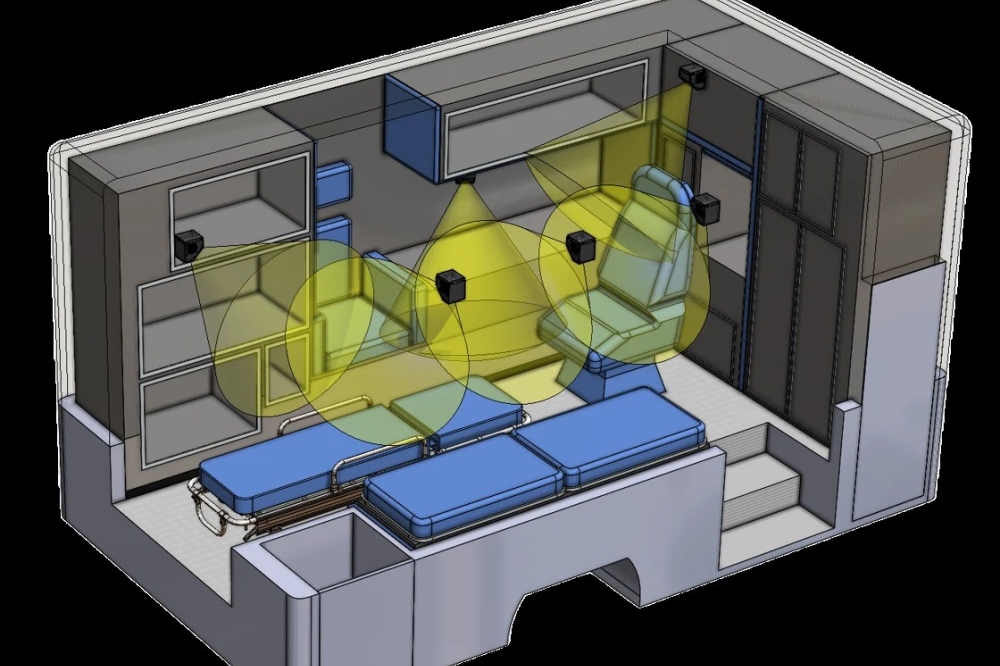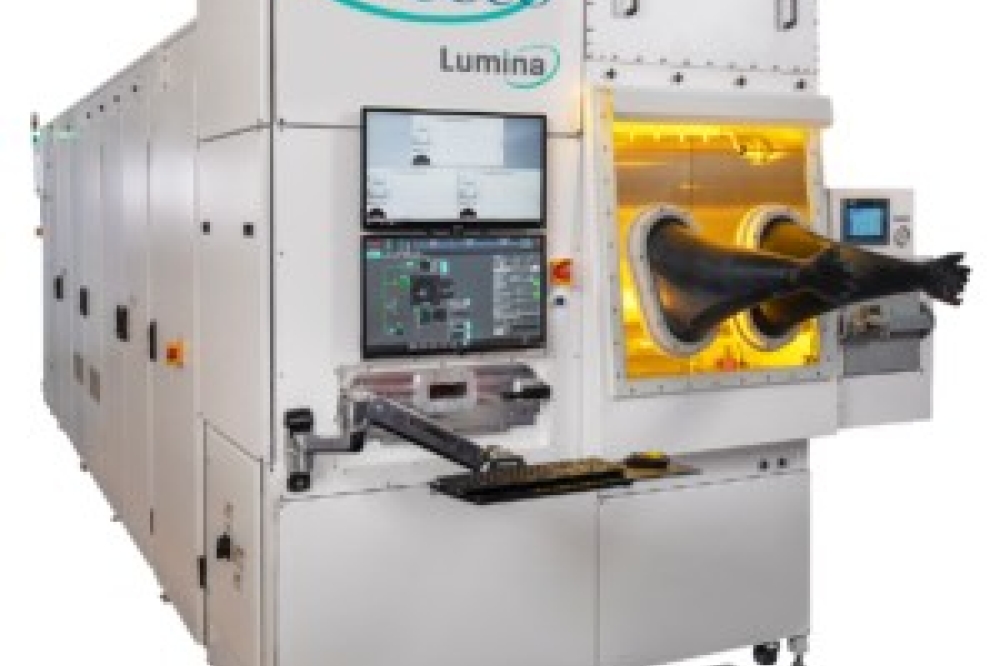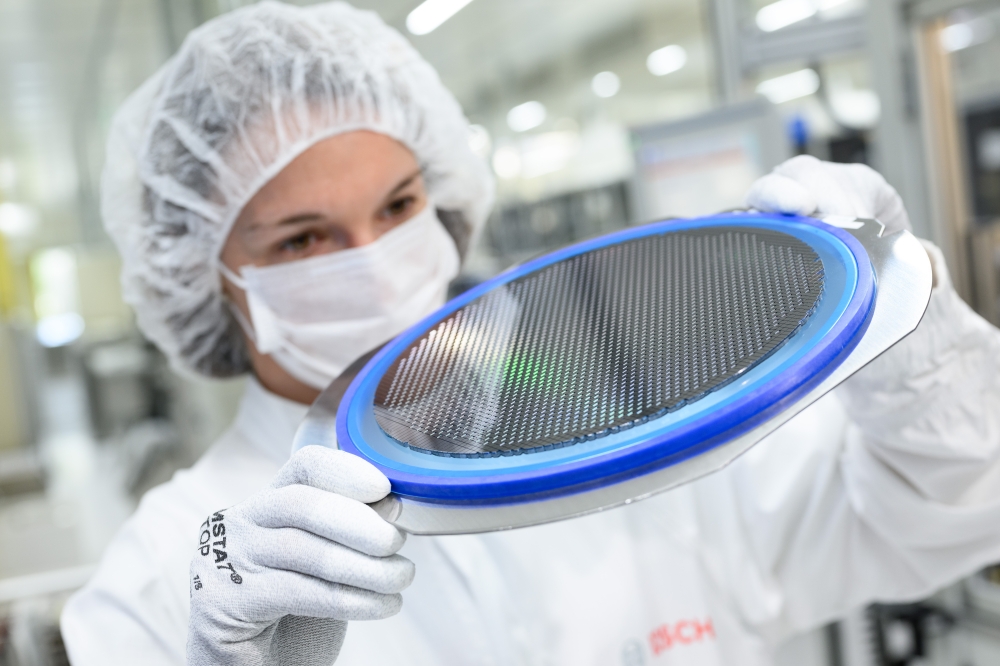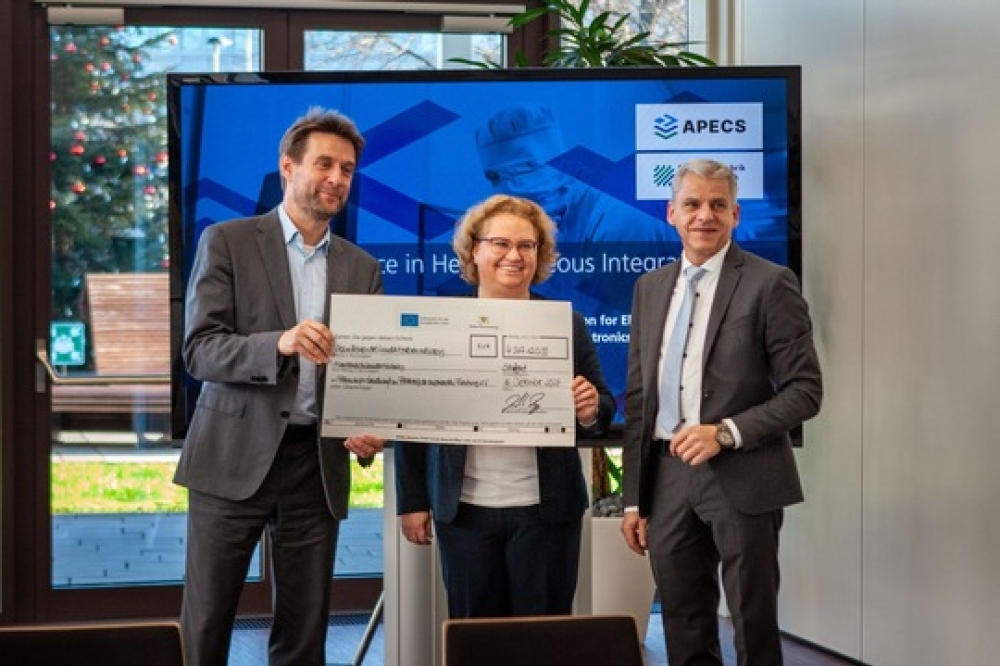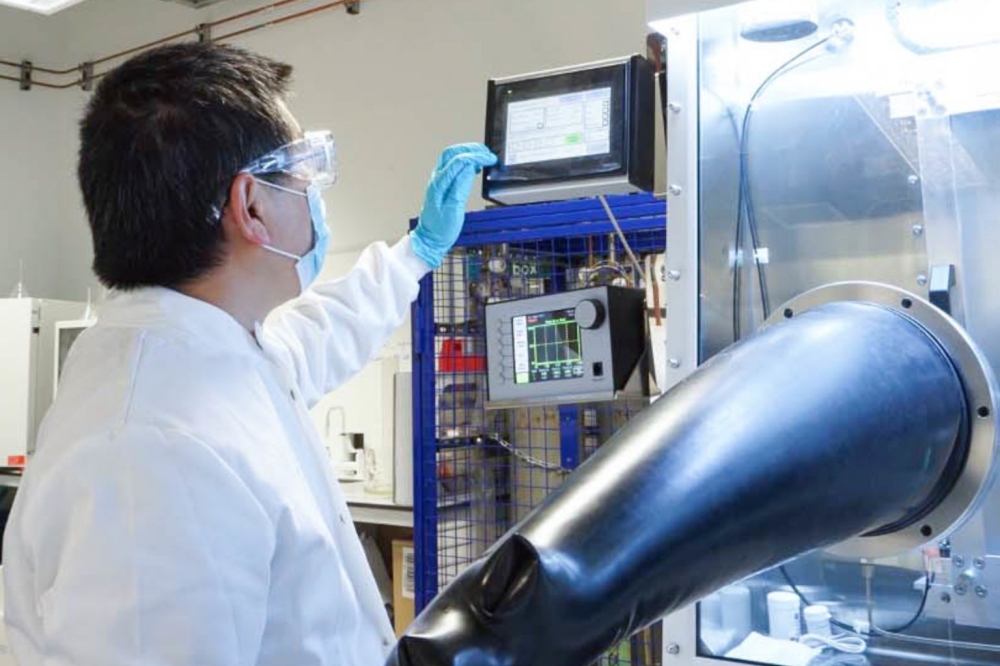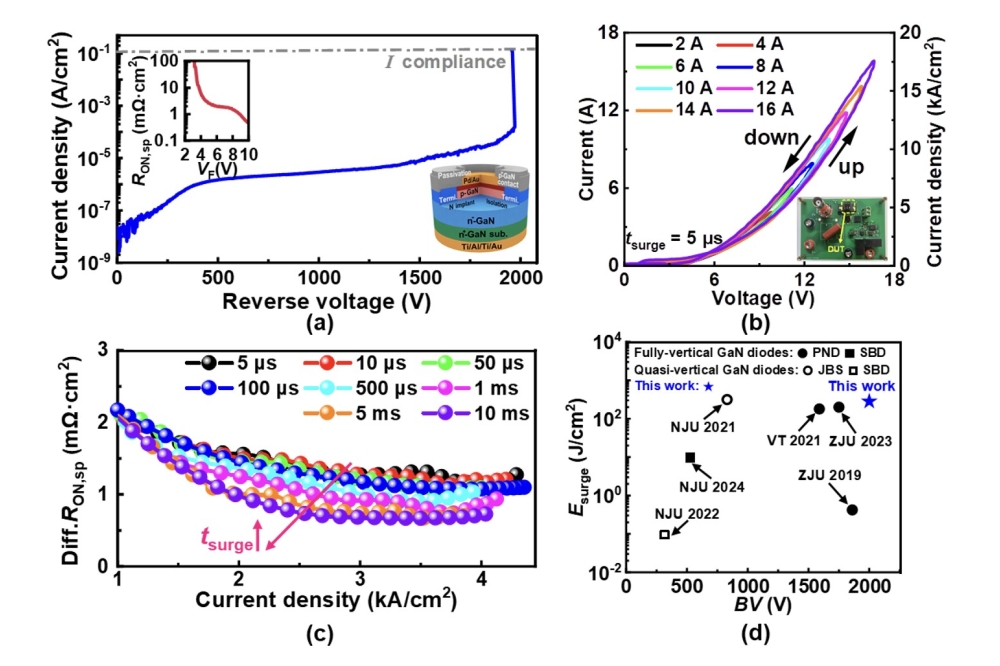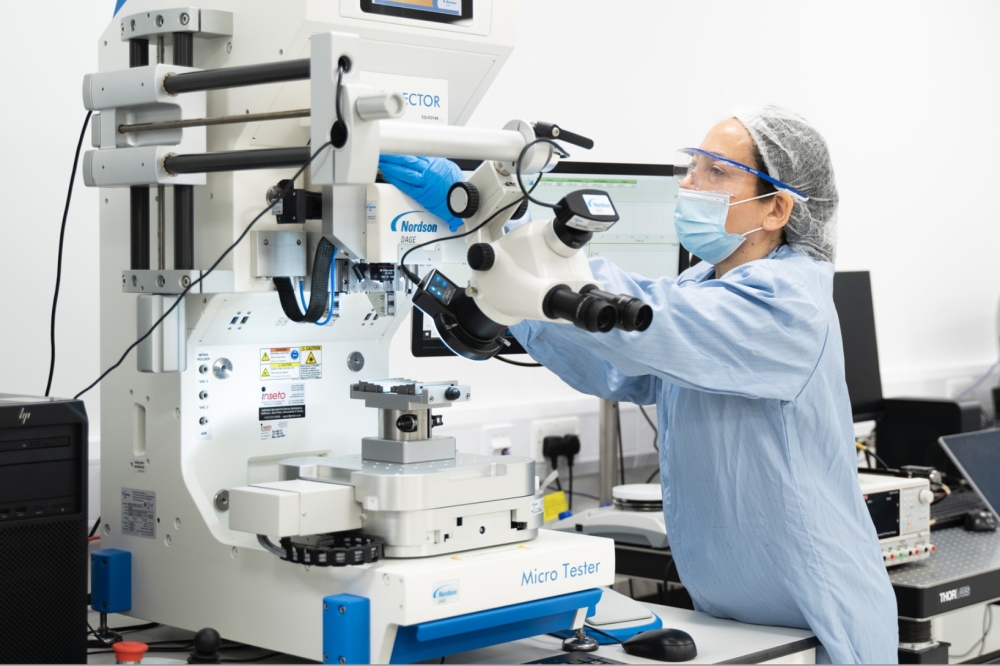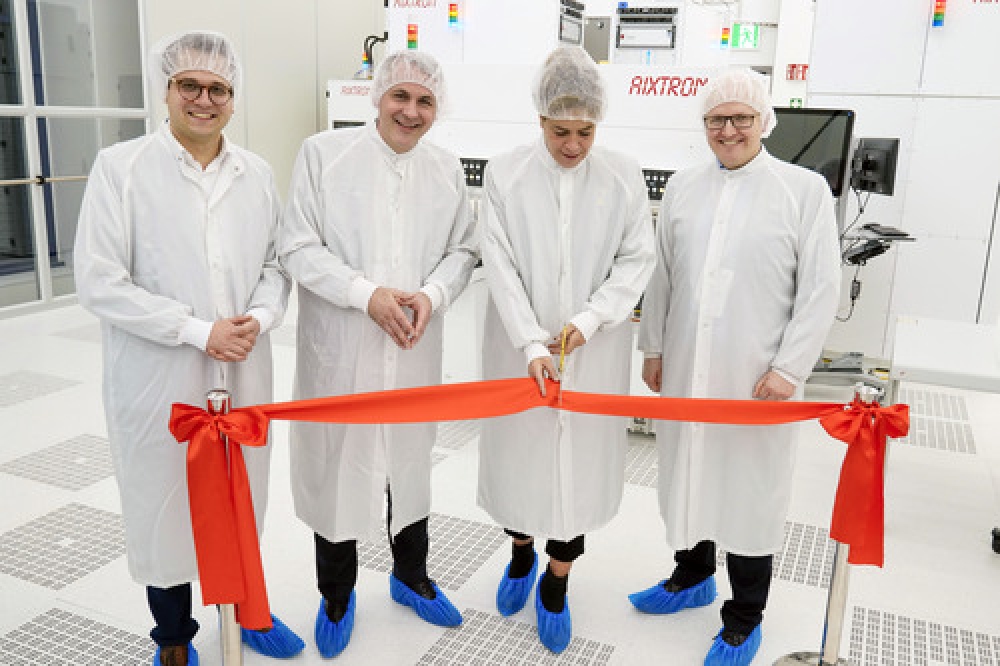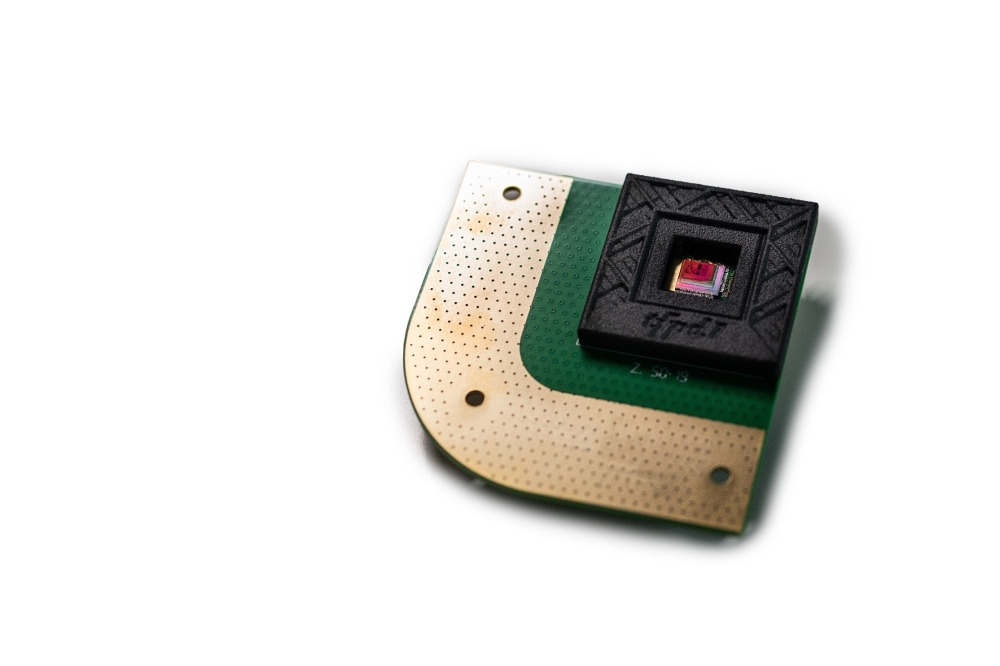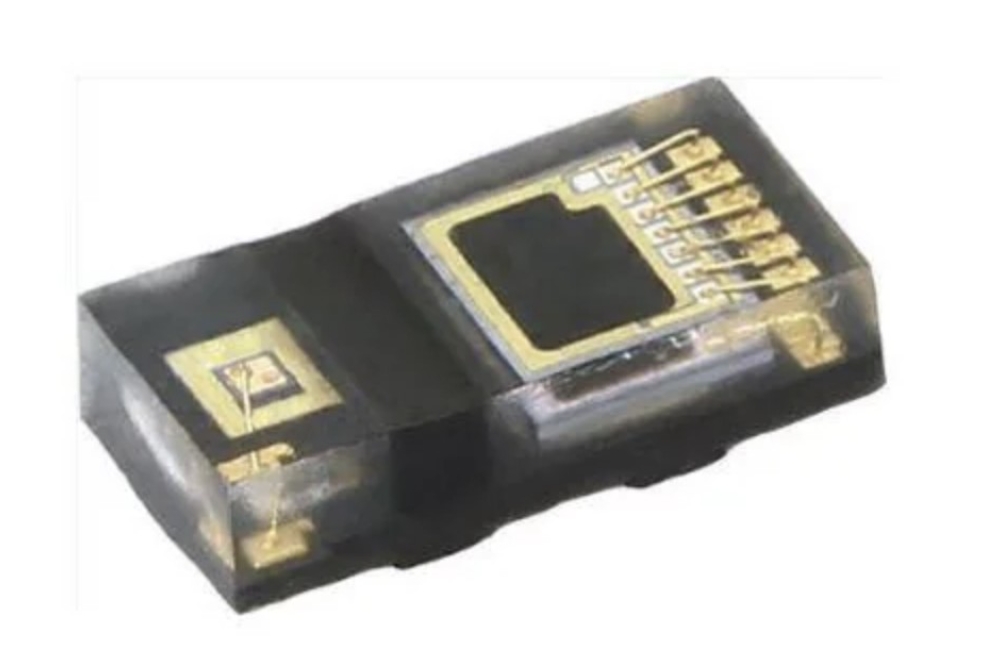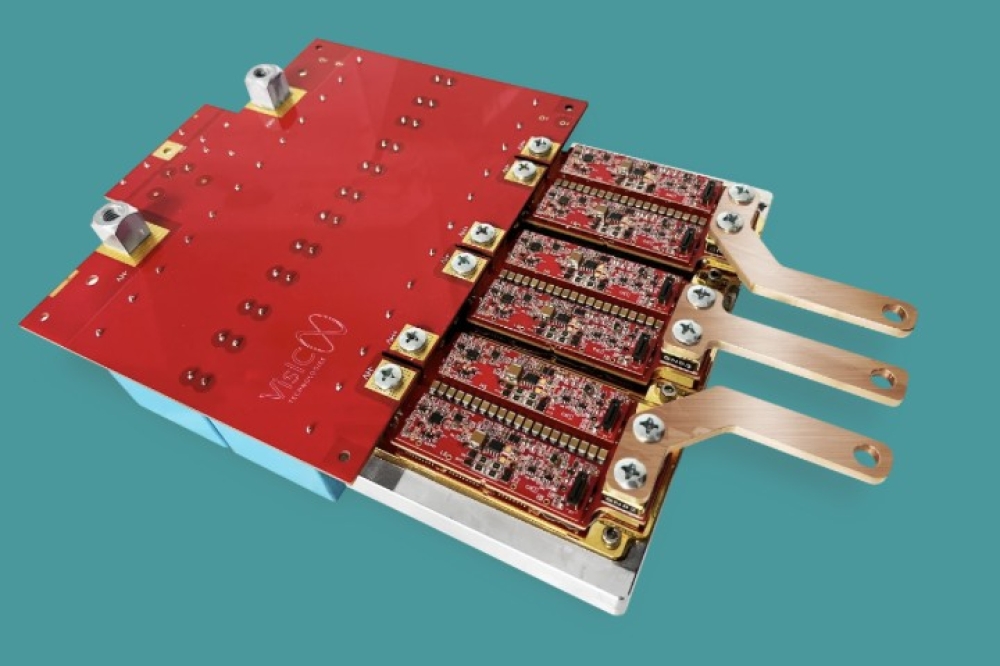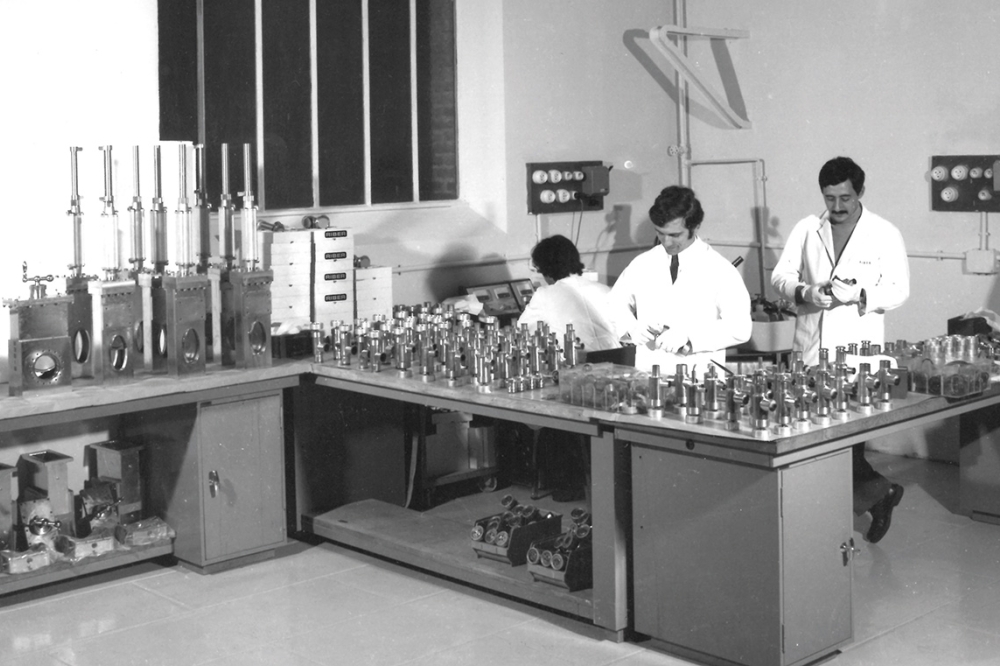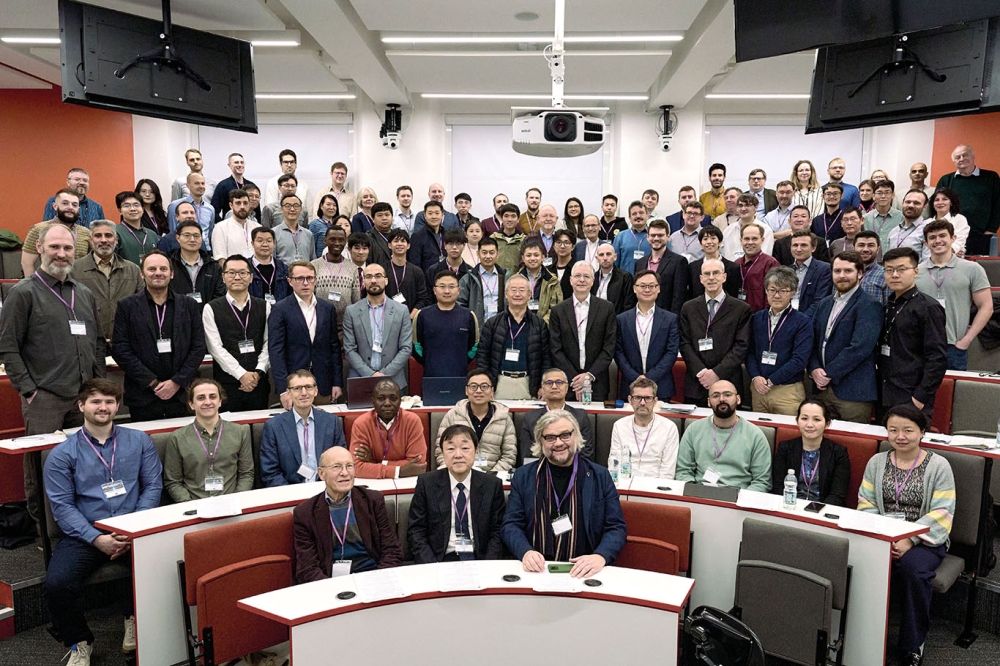ZnO allows m-plane GaN growth on sapphire
The epitaxial growth of m-plane GaN has become a lot faster, thanks to the latest development from scientists at the Chinese Academy of Sciences.
Devices made from this material so far have relied on similar non-polar GaN and other expensive or thermally unstable crystals for use as substrates. By contrast the Beijing-based group started from comparatively inexpensive m-plane sapphire and grew a 50 µm thick epilayer in just one hour, using hydride vapor-phase epitaxy (HVPE).
Research into m-plane GaN is currently a hot topic, because it avoids the piezoelectric polarization that can reduce radiative recombination efficiency and shorten emission wavelengths in conventional GaN material.
In the May 16 issue of the Japanese Journal of Applied Physics, Yiping Zeng and his colleagues tackled the non-polar challenge by growing a 300 nm thick ZnO buffer on the sapphire substrate. The lattice structure of m-plane ZnO is closely matched to that of m-plane GaN, but is difficult to produce on a scale suitable for free-standing substrates.
Initially, Zeng s group deposited a 300 nm ZnO buffer on m-plane sapphire using RF magnetron sputtering at 400°C, followed by HVPE growth of a GaN buffer layer for five minutes at 650°C to prevent it from decomposing.
For comparison, they prepared a control sample by annealing the sapphire substrate without a ZnO buffer and then began the deposition of low-temperature GaN at 650°C.
Finally, the team pumped ammonia into the reactor to suppress evaporation of nitrogen from the buffer layer, as the temperature ramped to 1050°C for the rapid deposition stage.
Zeng used X-ray diffraction to show that the resulting film was composed entirely of m-plane GaN. Similar examination on a control sample that did not use the ZnO buffer showed exclusively semi-polar GaN.
The team boiled a sample of their m-plane GaN in potassium hydroxide to allow them to assess its etch-pit density using tunneling electron microscopy. They determined this figure to be 9x107 cm-2, and the root-mean-square roughness was 5.2 nm, compared with 8.5 nm for the semi-polar control film.

